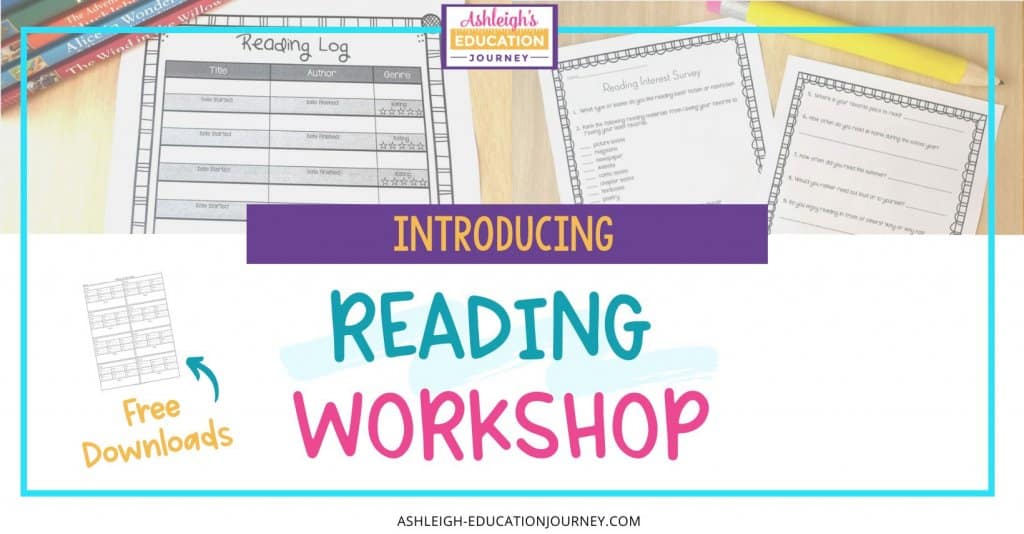
To introduce reading workshop, it is essential to start the year with procedural lessons, rather than jumping right in to your curriculum. This may initially seem a little time consuming, but this will make reading workshop flow smoothly throughout the year. This post shares my first five procedural lessons for intorducing reading workshop and the rationale for those lessons. Read this post to dig even deeper into teaching reading.
In this post:
- Day 1: How to Select a Book
- Day 2: Choosing the Just Right Book
- Day 3: Thinking About Reading
- Day 4: Abandoning Books
- Day 5: Guidelines for Reading Workshop
Introducing Reading Workshop Day 1: How to Select a Book
I try to have a large and varied classroom library with books to interest all of my students. During our independent reading time, students will select books from my classroom library, and it’s essential that the classroom library is used appropriately. I first show students how my classroom library is organized: genre, author, series, and topic. Then, I carefully explain my procedures in selecting a book. My procedures are: 1. only three students are allowed to select a book at a time, 2. students may only select one book at a time, 3. when students return a book, they should place it in the exact same spot and in the right direction, 4. students may only select one book during reading workshop-no switching, 5. students must make their selection in less than five minutes. It is essential for students to practice placing their books back correctly, because inappropriate use of the library will cause such a headache later in the year.
This week, students will begin building their stamina for extended independent reading. After a long summer break, it is typically difficult for most students to read silently for long periods of time, and stamina must be built. During students’ first independent reading time, I allow students to take turns browsing the classroom library. While students are waiting on their turn, they may complete the Reading Interest Survey.
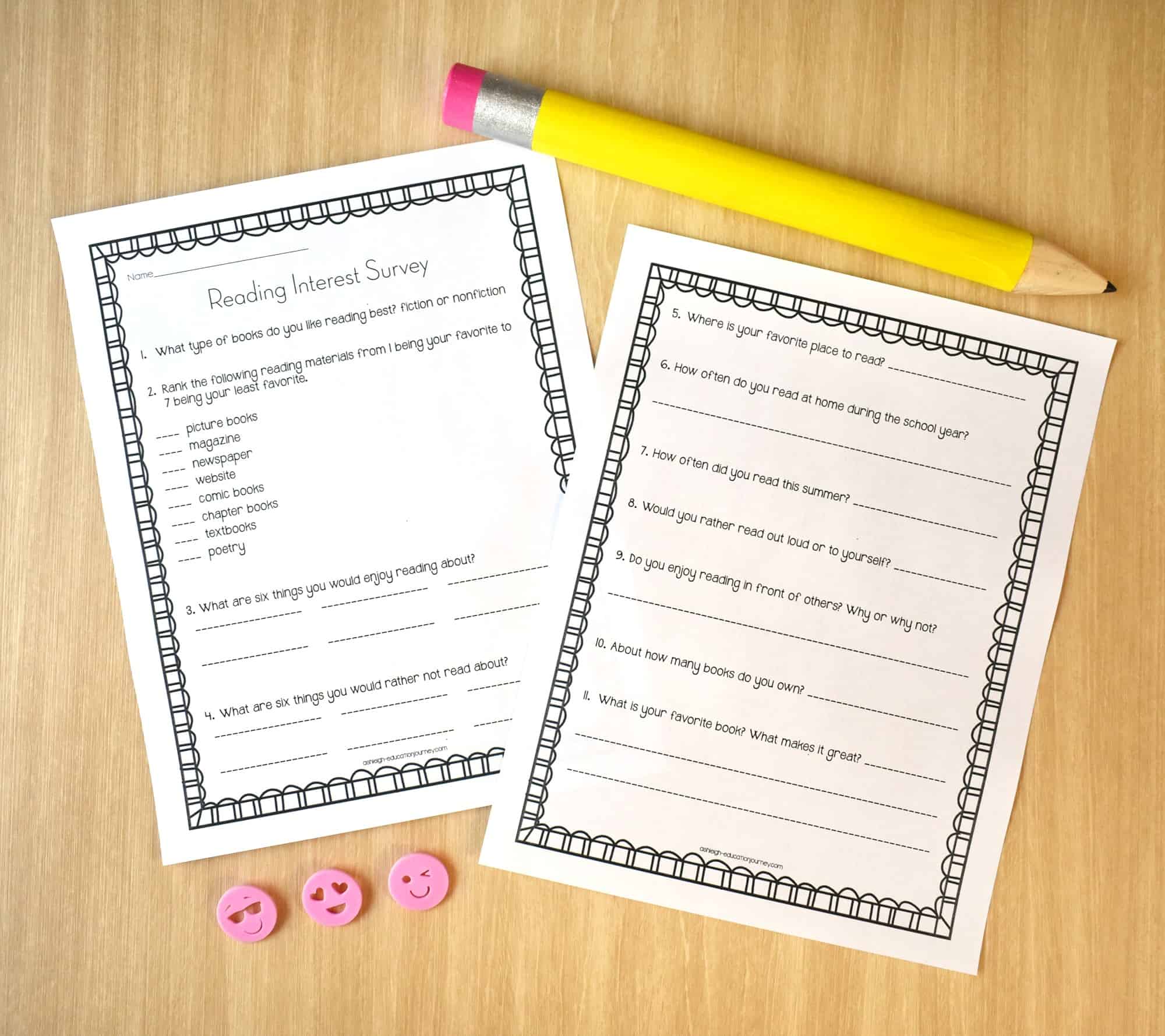
Introducing Reading Workshop Day 2: Choosing the Just Right Book
I LOVE using Goldie Socks and the Three Libearians as a mentor text for this lesson. Even though it is a younger children’s book, I still read it to my third and fourth graders. The entire message of the book is choosing books that are just right for you as a reader. As students select books to read during reading workshop, it is important for them to select “just right” books to keep their interest and allow deeper comprehension. These are books that aren’t too easy and aren’t too difficult for students. I don’t get too caught up on levels, but I do want my students in their zone of proximal development and not sitting there looking at pages or word calling but not understanding what they are reading. Guide students into understanding that books that are too easy will not help them grow as a reader, which is necessary part of reading workshop. Students should also realize that books that are too difficult are often hard to understand.
The Five Finger Rule is a great way for students to find books that are the perfect fit for them. When students select a book, they should open it to any page and begin reading. The student puts up one finger for each word s/he doesn’t know. At the end of the page, if the student is holding up zero or one finger the book is too easy. If the student is holding up two or three fingers, the book is just right. If the student is holding up four or five fingers, the book is too hard. During students’ independent reading time have students browse your library to find examples of books that are too easy, just right, and too difficult. They should record the titles on the handout. You can read more about independent reading in my Upper Elementary Independent Reading post.
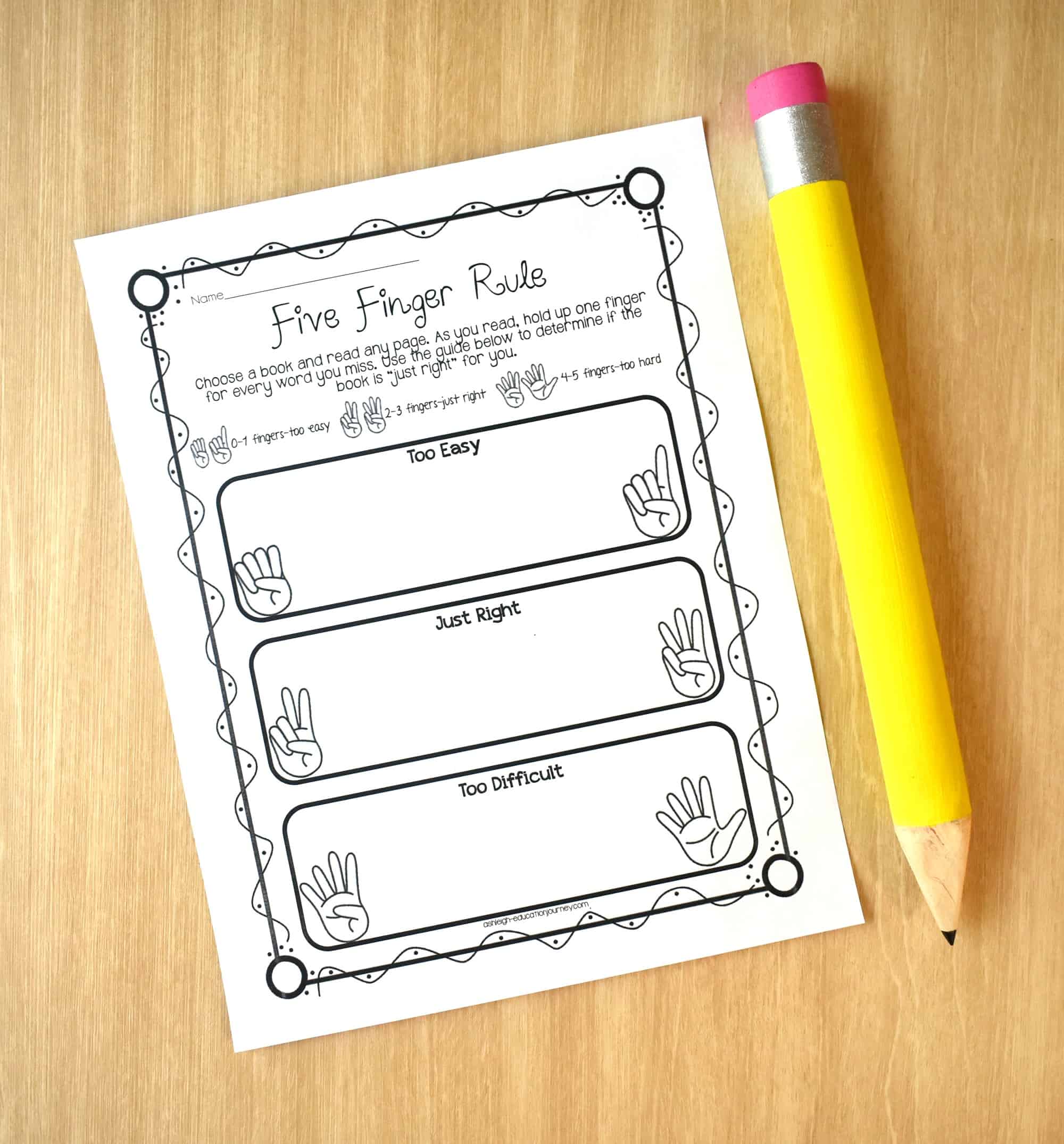
Introducing Reading Workshop Day 3: Thinking About Reading
By the time students are in third, fourth, and fifth grades, it’s essential that students are no longer word callers and reading without thinking about the meaning of the text. Instead, students must be reading to learn, not learning to read. The first week of school, I begin emphasizing that reading is thinking. Good readers think about the text while they read. To begin modeling this, I read a mentor text to students, and as I read, I have students record one or two of their thoughts on a sticky note. At the end of the book, we are all share our thoughts and will stick them on our anchor chart. I encourage students to try and think deeply about the text and to not write things such as, “I like it” or “I think it is good.” As students share their thoughts, I allow students to discuss how they had similar or different thoughts about the book. During students’ independent reading time, I have students complete the Thinking About Reading handout on a book they are reading independently.
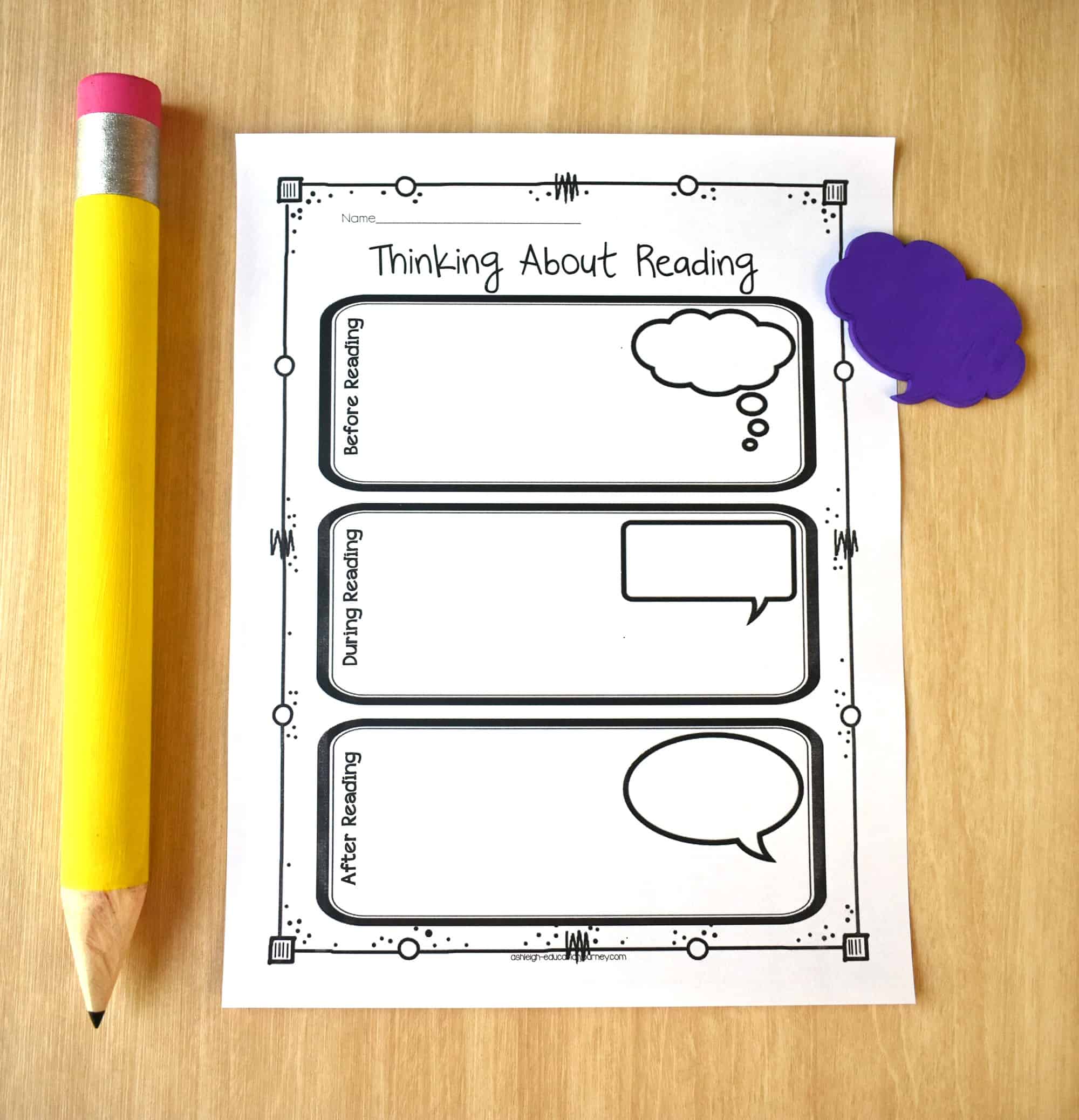
Introducing Reading Workshop Day 4: Abandoning Books
If you’ve ever taught reading, you’ve dealt with students who constantly switch books and never finish any book they start. I call that abandoning books, and that’s often a challenge in the upper elementary classroom. First explain what abandoning a book is, and we share reasons why someone might abandon a book. I then share my expectations on starting and finishing a book. If you have a student who is just transitioning to chapter books, they may have a difficult time realizing that you may not finish a book in one sitting. With those students, I often use shorter chapter books that can be finished in a day or two. Other students may not enjoy their books, because they’re not choosing the just right book, while others may be simply looking at pages but not actually reading.
There’s a lot of conversations about whether or not to assign a reading log. While I don’t personally assign a reading log, I recognize that many teachers don’t have a choice, so I’m sharing two resources you can use to prevent students from abandoning books and to keep track of what your students are reading. Once resource is an updated version of the reading log. Rather than having students write in their reading log each day, they write when they begin and end a book and give it a rating out of five stars. Students can use this with the books they are reading at home and at school.
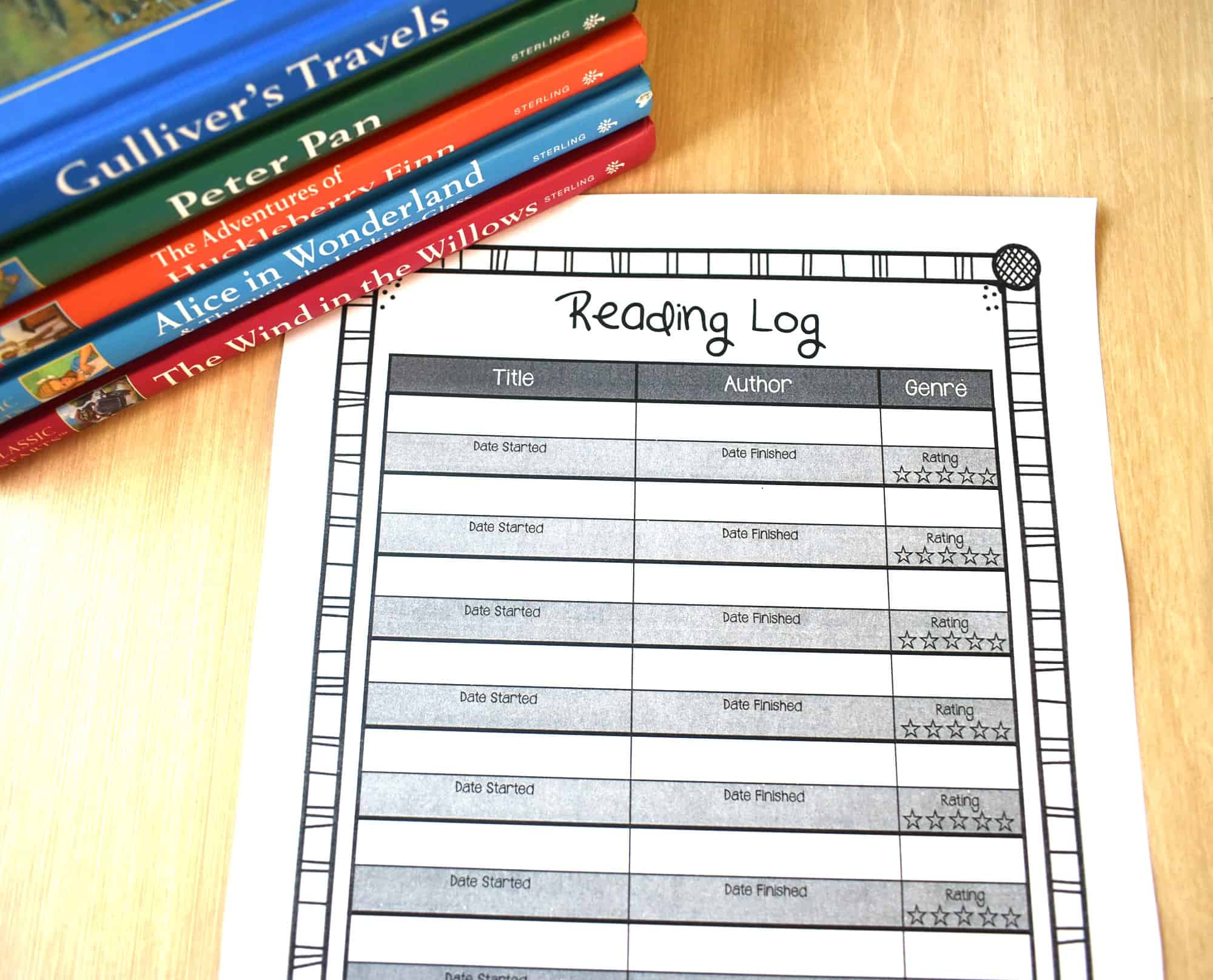
Another option that I love is keeping a status of the class form for each student. About once a week, I check in with each student and record they book they are reading. We have a brief conversation about the book, so I can make sure the student understands what s/he is reading. This also allows me to see if my students are finishing books and how long it is taking them to read a book. If I have a student spend six weeks on one book, then something’s wrong, and we discuss the situation. You can download my Status of the Class form for free.
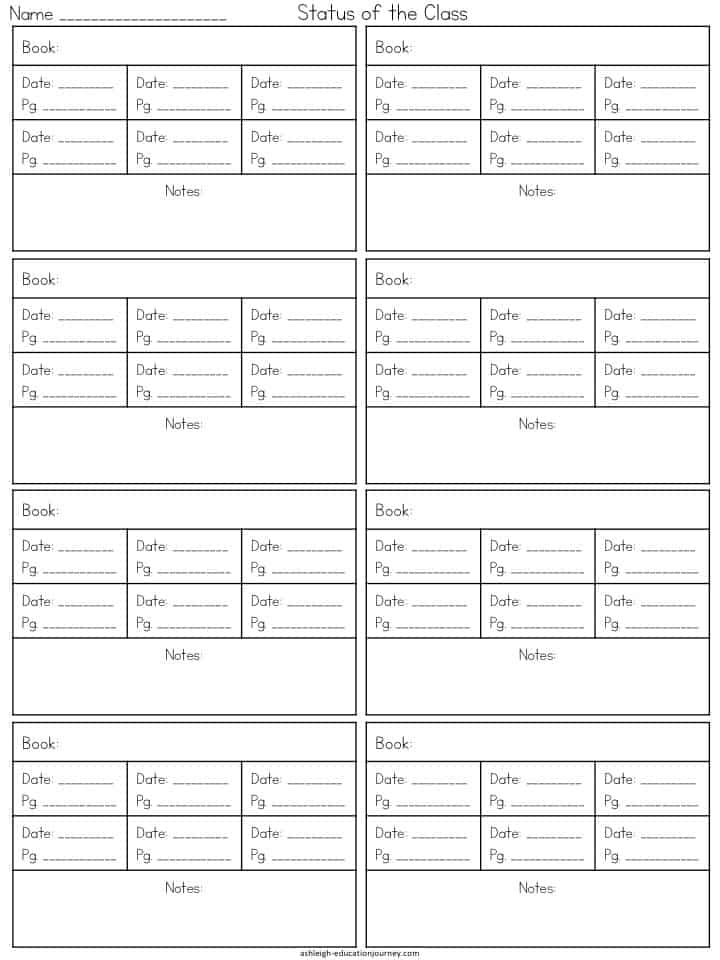
Day 5: Guidelines for Reading Workshop
I like to save this lesson for the end of the week to give my students prior exposure to reading workshop. It’s beneficial to incorporate students into this lesson as much as possible to have more “buy-in” to the procedures and routines of reading workshop. Have students work in small groups to brainstorm what they think are important guidelines for reading workshop. After a couple minutes, I call the whole group back together and compile students’ responses into an anchor chart that states your expectations. Examples: 1. You must always be reading a book or writing your thoughts about your reading, 2. You must work silently to allow everyone to do their best thinking, 3. Use a soft voice in reading groups or when conferencing with the teacher, 4. Only abandon one book a month, 5. Record everything you read in your reading log, 5. Always do your best work.
One great mentor text for this lesson is What If Everybody Did That?, because some of our guidelines wouldn’t be necessary if there were only a few students in the classroom. However, when there are 25 students demonstrating a certain behavior, things change. While I don’t use a lot of worksheets in reading, this one allows me to meet with students individually as they are still building their independent reading stamina.
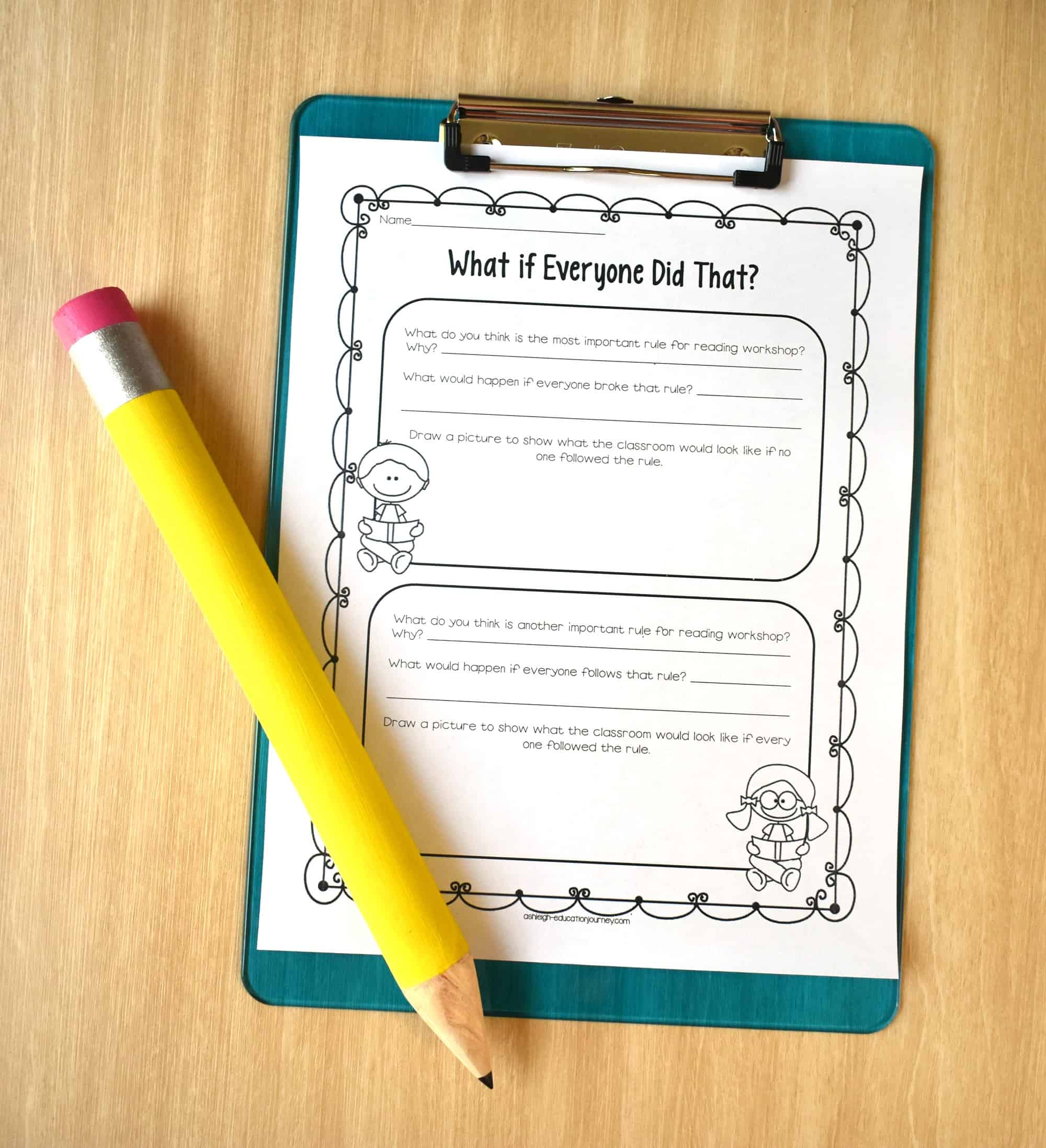
Hopefully, you have a few new ideas for introducing reading workshop! All the printables and lessons in this post are from my Reading Workshop Unit 1. You can check it out (and the other units) on my TpT shop!
You can also receive a FREE reading workshop starter kit by adding your email in the form below!



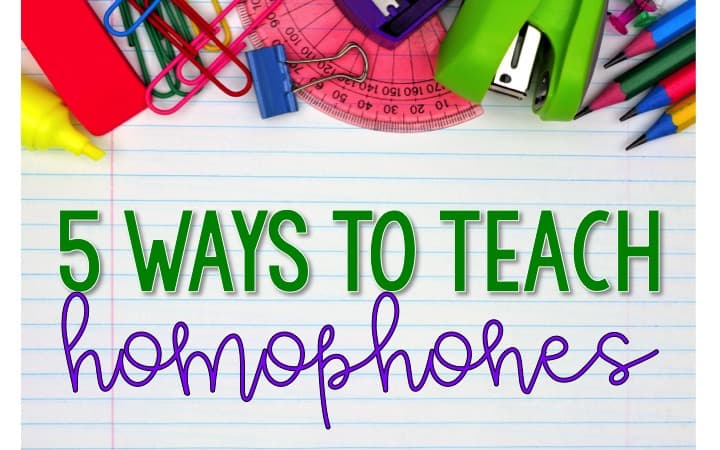
Hi,
I love the Reading Log which has students record book, author, and rating only. I also love the form for recording student thinking. I tried to download the status of the class sheet as well as to to Reading Workshop Unit 1 for other forms and information but nothing is happening! Help!
It should be fixed! I’ve been having a lot of trouble with this lately.